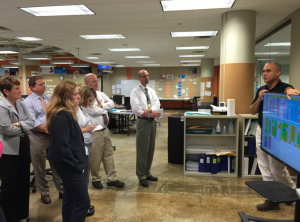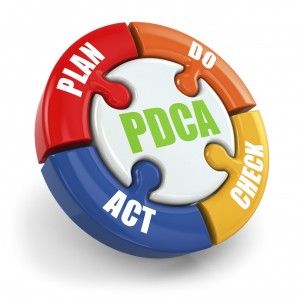
Chris Greene Hutchings is staff specialist in the Office of the CIO. We have worked together closely during my tenure at UMHS. With my pending departure, Chris asked to be guest blogger this week.
When the leader you report to announces she is leaving, a parade of emotions marches through your life.
The first is denial. “NO! She can’t leave, because we need to. . .”
Then it’s the blues. “What does this mean for me?”
And ultimately, acceptance. “We did some good work, didn’t we?”
It’s a bittersweet feeling because it’s the first time you stop to look back and see how far you have come together. And you realize you didn’t take enough time to celebrate the successes, or appreciate the good along the way.
Our CIO, Sue, is starting the next chapter in her professional life. As I look back, I see how much our organization has changed. Continue reading

 What better time than year end to reflect on our collective progress as an IT team. You will see a lot of “top 10” type stories in December – top trends, breakthroughs, stories, and even top predictions for the coming year. I’ll leave those to people with far more time to research and write. What I’d like to share is the progress my incredible IT team has made in partnership with our many internal customers at UMHS in 2015. These are common journeys for health care CIOs around the country.
What better time than year end to reflect on our collective progress as an IT team. You will see a lot of “top 10” type stories in December – top trends, breakthroughs, stories, and even top predictions for the coming year. I’ll leave those to people with far more time to research and write. What I’d like to share is the progress my incredible IT team has made in partnership with our many internal customers at UMHS in 2015. These are common journeys for health care CIOs around the country. 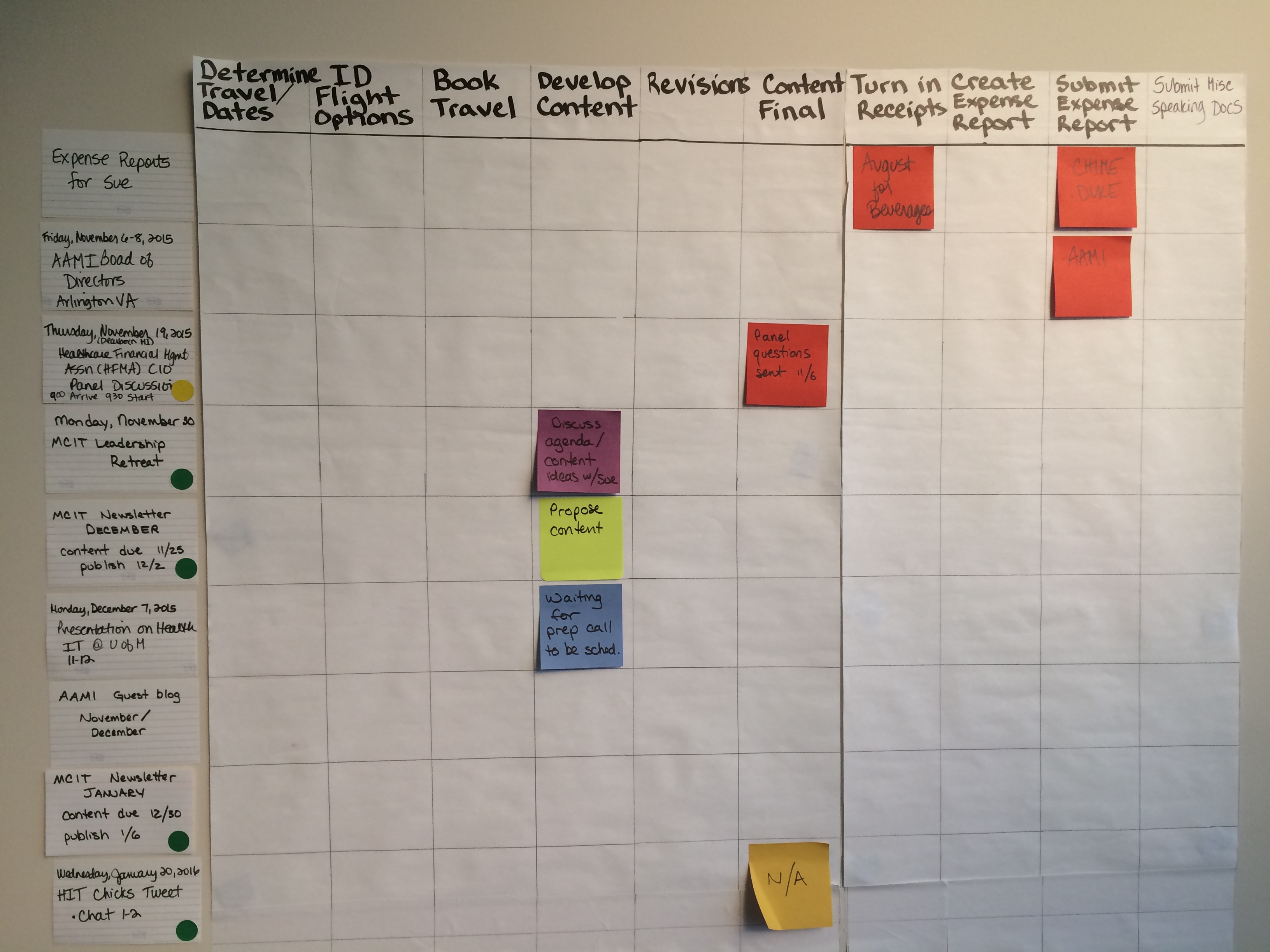 The past month has been a particularly busy one for me. I have spoken locally a few times and gone out of town on business several times as well. I’ve been to the CHIME Fall Forum, made a
The past month has been a particularly busy one for me. I have spoken locally a few times and gone out of town on business several times as well. I’ve been to the CHIME Fall Forum, made a 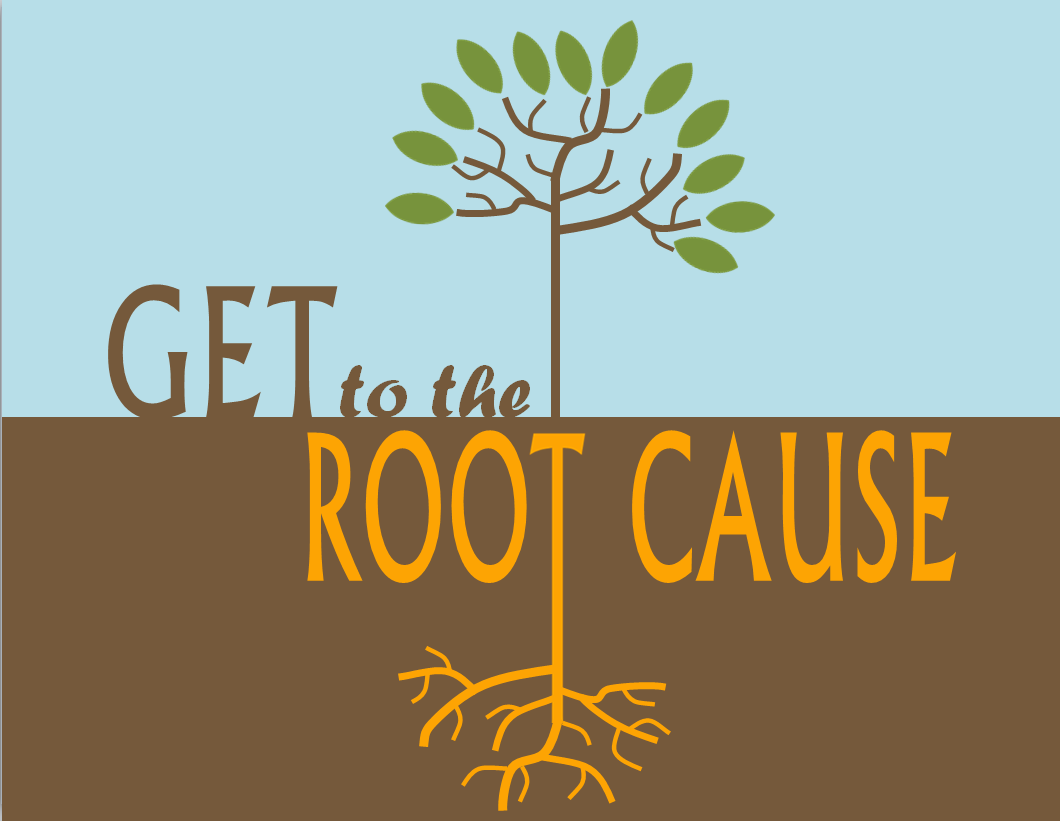 Recently I wrote that October was Quality Month and I highlighted
Recently I wrote that October was Quality Month and I highlighted 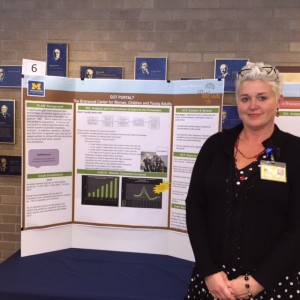
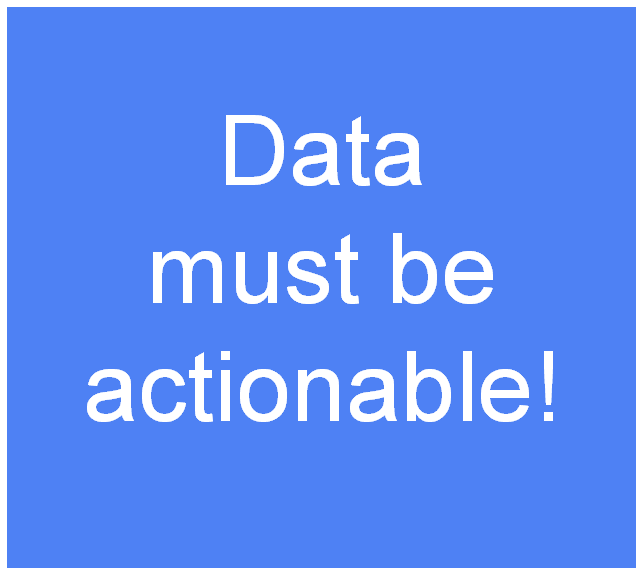 It was good to hear how another academic medical center is approaching similar challenges and applying lean. Some of my takeaways from his talk and the lunch discussion that followed:
It was good to hear how another academic medical center is approaching similar challenges and applying lean. Some of my takeaways from his talk and the lunch discussion that followed: It is part of our developing lean Daily Management System.
It is part of our developing lean Daily Management System. CIOs need to understand the technical debt of a large application portfolio and the total cost of ownership (TCO) for systems. They need to find ways to reduce the cost of commodity services, and to create capacity for new work.
CIOs need to understand the technical debt of a large application portfolio and the total cost of ownership (TCO) for systems. They need to find ways to reduce the cost of commodity services, and to create capacity for new work. While I don’t know the specific context for the quote, it applies to business today. As leaders, unless we see the way work happens on the front line, we cannot understand the problems we need to solve and the barriers we need to remove. That doesn’t happen by just meeting in a conference room.
While I don’t know the specific context for the quote, it applies to business today. As leaders, unless we see the way work happens on the front line, we cannot understand the problems we need to solve and the barriers we need to remove. That doesn’t happen by just meeting in a conference room.